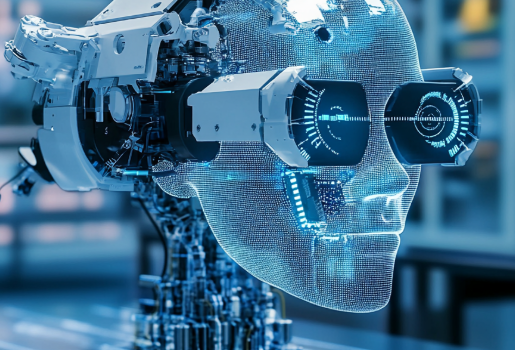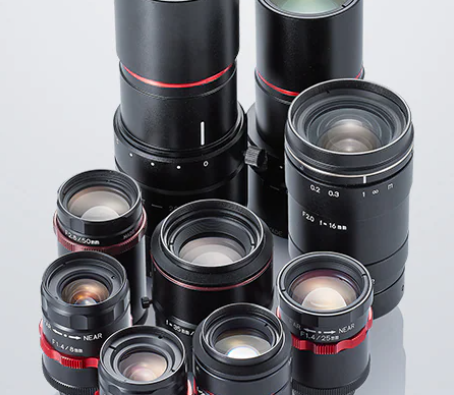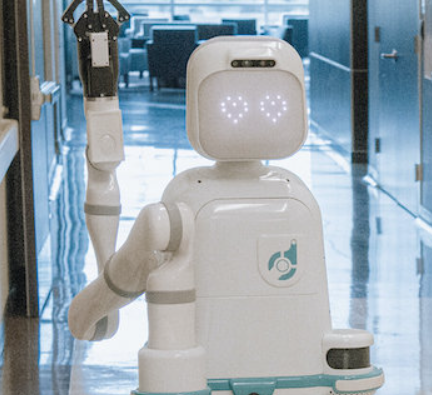
As automation continues to evolve, machine vision has emerged as one of its most powerful drivers. By combining high-resolution imaging with intelligent algorithms, this technology is transforming operations across various sectors. Whether it’s manufacturing, healthcare, or logistics, machine vision is streamlining processes, improving accuracy, and redefining productivity benchmarks. This post explores how different industries are leveraging this technology and why the right optics are essential for success.
Manufacturing: Advancing Precision and Productivity
In the manufacturing sector, machine vision is helping companies achieve tighter quality control and more efficient workflows. Through real-time imaging, these systems can inspect parts during every phase of production.
Defect detection has become significantly more reliable with automated vision. These systems can pick up tiny flaws, verify measurements, and ensure product standards are consistently met—all at speeds that outpace human inspection. Additionally, when paired with robotics, machine vision enables precise movement and alignment of components, enhancing assembly line performance.
A critical but often overlooked factor is the lens quality. Sharp, distortion-free images rely on high-grade optics, which directly impact a system’s ability to make accurate assessments. Selecting a suitable lens ensures consistent performance and better decision-making during inspection.
Healthcare: Driving Accuracy in Medical Applications
Machine vision is also making a strong impact in medicine. Its ability to enhance imaging and automate monitoring tasks is transforming how healthcare providers diagnose and treat patients.
In diagnostic imaging, systems powered by visual recognition algorithms help radiologists interpret scans more effectively. They boost clarity in CT and MRI images and can highlight irregularities that may otherwise go unnoticed. In operating rooms, surgical robots equipped with vision systems assist doctors with enhanced visualization, contributing to greater surgical precision.
Patient monitoring is another area where machine vision excels. Automated systems track vital signs and detect early warning signals, allowing medical staff to act before complications arise.
The role of lenses is just as vital in medical environments. Certain optics, like those tuned for short-wave infrared imaging, allow clinicians to capture details beyond the visible spectrum. This capability improves diagnostics and supports more informed clinical decisions.
Logistics: Enabling Smarter, Faster Operations
In logistics and warehousing, the demands for speed and accuracy are constant. Machine vision is helping to meet those demands by automating critical tasks such as sorting, tracking, and stock management.
Automated systems now handle package identification and routing with precision, thanks to advanced image processing. Machine vision also plays a key role in maintaining inventory accuracy. With real-time visibility into stock levels, businesses reduce the chances of overstock or shortages.
Additionally, safety is improved through continuous visual monitoring of facilities. Potential hazards can be flagged before they cause accidents, contributing to a safer workplace.
Again, lens choice is central to success. The right optics ensure accurate depth perception and field of view, which are essential for barcode scanning, object recognition, and inventory tracking. When properly configured, these systems reduce errors and increase throughput.
Looking Ahead: What’s Next for Machine Vision
Machine vision is poised to become even more influential as digital transformation continues. Developments in artificial intelligence and sensor capabilities are making vision systems more autonomous and adaptive.
One emerging trend is the integration of machine vision with IoT devices. This allows machines to communicate, analyze visual data, and make decisions without human intervention. Such intelligent automation will be at the heart of the smart factories driving the Industry 4.0 movement.
As these systems become more advanced, the value of clear, detailed imaging will only grow. Lenses must evolve alongside software and sensors to meet rising expectations for performance and flexibility.
Conclusion
Machine vision is rapidly becoming indispensable in today’s automated environments. From spotting defects in a production line to aiding complex surgeries and optimizing supply chains, its applications are vast and growing. Behind the scenes, the effectiveness of these systems often hinges on something simple but critical: the lens. By investing in the right optical components, organizations can unlock the full potential of machine vision and position themselves for long-term success in an increasingly automated world.












